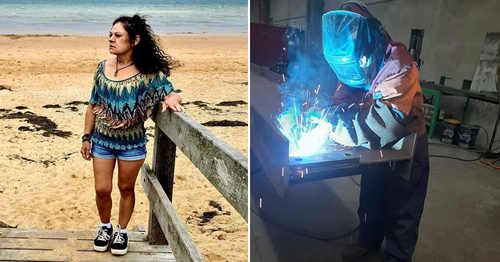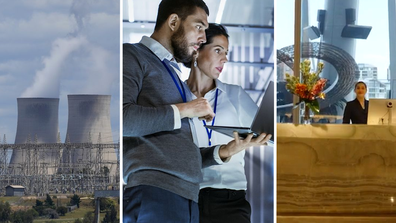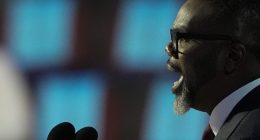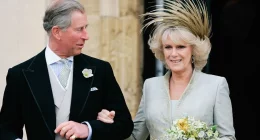And after nearly four decades people are still surprised every time she’s told them what she does for work.
Falcon, who has had two children during her welding career, is hopeful the balance will change soon.

The head of Australia’s peak welding industry body is not just hopeful the balance will change soon, but says it needs to for the industry to survive, with the industry facing a serious future job shortage.
Falcon loves her career and wants other females to know how much of a positive experience she has had working in a heavily male-dominated industry, and in a job that has historically been considered ‘a man’s job’.
The 59-year-old said she has found the welding industry in Melbourne to be predominantly supportive of women.
“I’ve always been the only woman at work most men have been nice to me and wanted to help me,” she said.
She said has not felt any sense of discrimination from 95 per cent of the men she has encountered at work.
“They majority of men want to help you and they’re happy that you’re there.”
The Packenham woman said she similarly didn’t feel at all deterred from becoming a welder when she was studying the trade at RMIT in Melbourne in from 1982 to 1983.

The 20 jobs on the rise in Australia
“I didn’t have a problem at school,” she said.
“The guys were really nice to me.”
Falcon said the few issues she encountered at work were mostly in the 80s, before she noticed a culturally progressive shift occur in the industry in the 90s.
She further said that any issue she was encountered she has challenged, to make it better for anyone who comes after her.
“In the 80s it was a bit different. You’d see pictures of naked girls all over the walls, and men used to swear a lot in the workplace then. But after the 90s it changed.”
Read Related Also: DA George Gascon loses retaliation lawsuit (with 16 similar cases still to come)
Falcon said she successfully took out a lawsuit against a Melbourne business in the 80s after she started working there and found the walls covered in pornographic images.
She said they paid her a very small sum after she took legal action against them, which she did for the principle of the issue, before she chose to move to another workplace.

Falcon has also had to pull up men for swearing at her on the job over the years.
“I didn’t need to most of the time, but when I’ve had to I have,” she said,
In 2023, Falcon said she finds the world of welding to be a great place for women.
She wishes more women would be enthusiastic to take up the career and has urged any aspiring female welders, “Go for it!”.
Weld Australia, Australia’s peak welding industry body, has been working to encourage women to get into the trade.
Weld Australia CEO Geoff Crittenden has said it is “staggering” that women only make up less than one per cent of Australia’s welding workforce, and that the balance needs to change.
“To put this into perspective, on average, women make up 48 per cent of Australia’s entire workforce.
“The welding industry doesn’t just want more women; it needs to more women to survive,” he said.

The top 10 highest paying jobs in Australia where you don’t need a degree
Crittenden said getting women into the male-oriented industry was long overdue, and essential to address the shortage of overall workers, as well as the issue of gender disparity.
“Gender equity and diversity in the construction and manufacturing industry workforce is a persistent problem that exacerbates skills shortages, reduces economic productivity, and constrains innovation.
“Australia will have a shortfall of at least 70,000 welders by 2030. The industry is already at capacity.”
He said Weld Australia’s members were already turning away work because they could not find enough welders.







